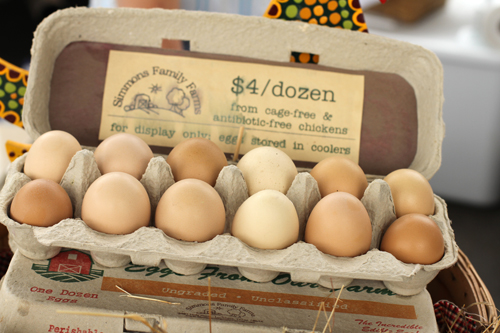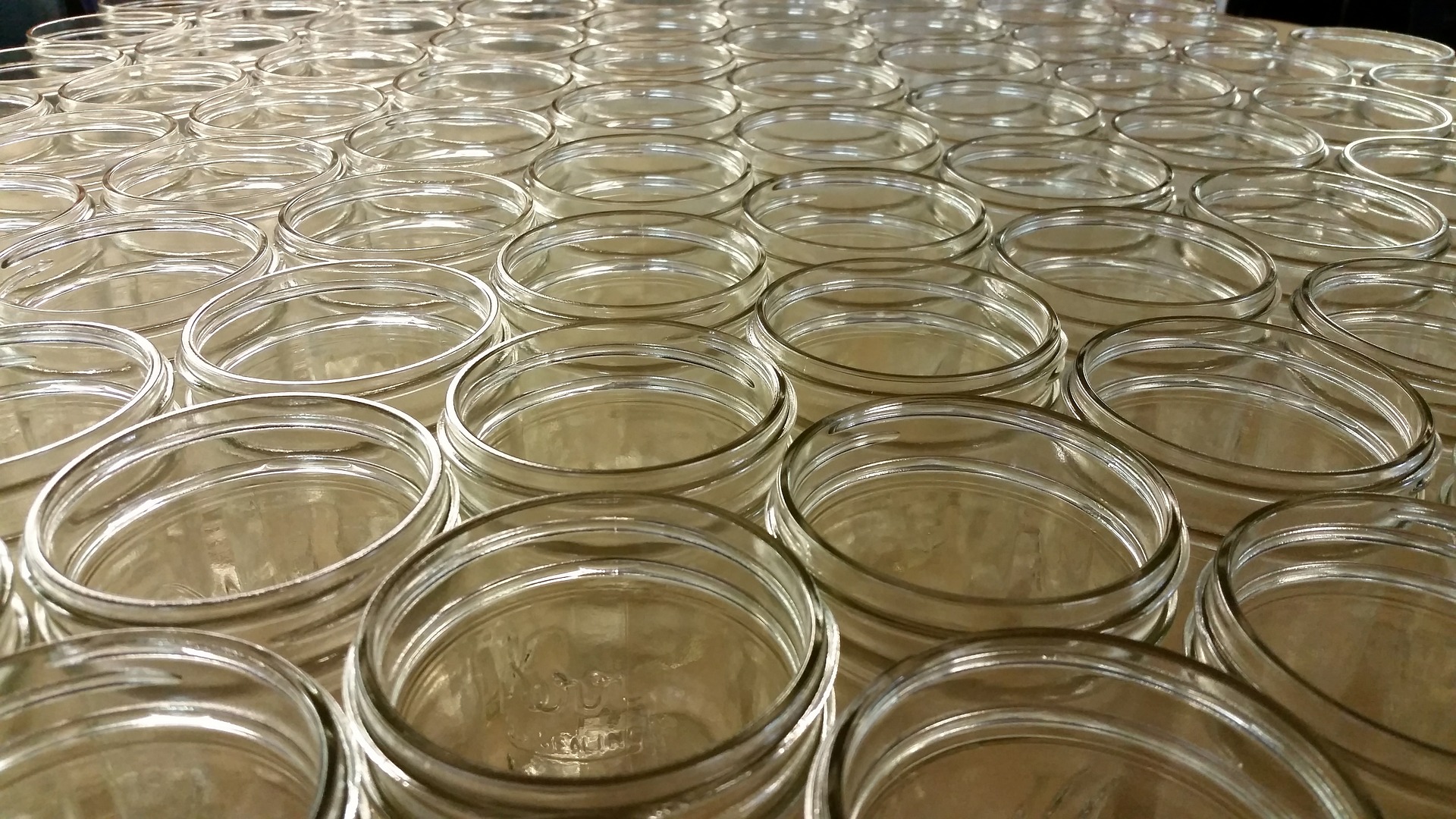Oil Pulling and Tongue Scraping (Infographic)
Dental pain or troubling issues can sometimes be worse than anything else. And getting to the dentist, especially if you live out in the country, can be a pain, and expensive. Taking good care of your teeth and dental health is of the utmost importance, but you don’t need fancy electric toothbrushes and flouride mouthwash to … Read more








